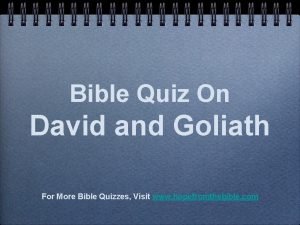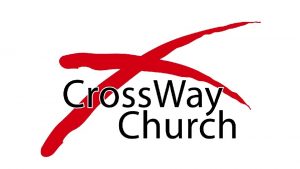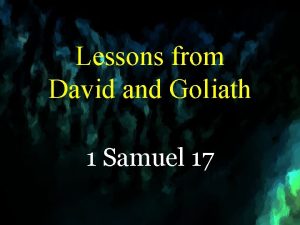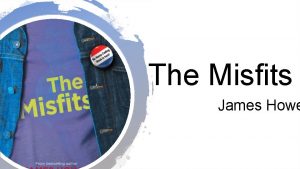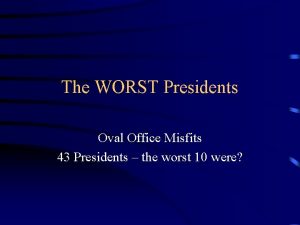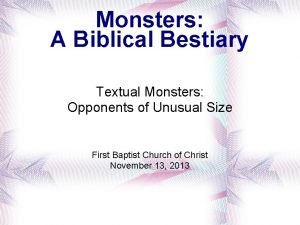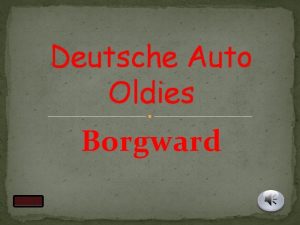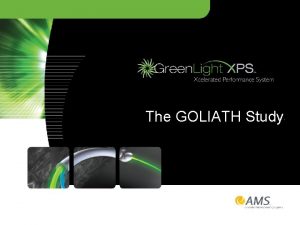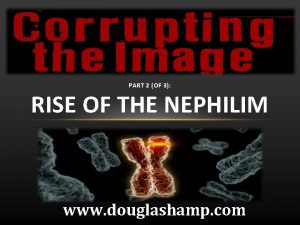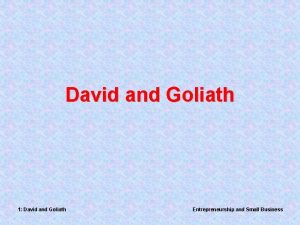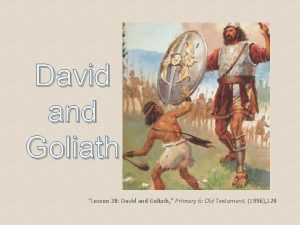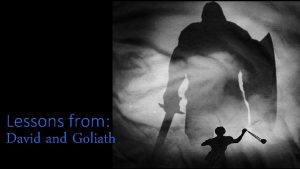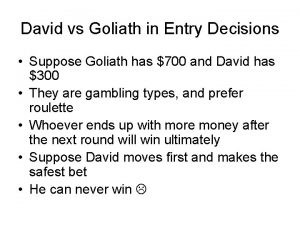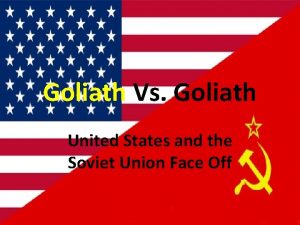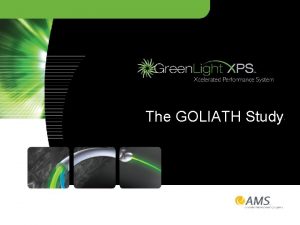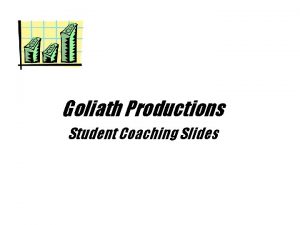David and Goliath Underdogs Misfits and the Art









- Slides: 9

David and Goliath Underdogs, Misfits, and the Art of Battling Giants By Malcolm Gladwell

Nonfiction Concerns real people, places, events, and topics. AP Language and Composition, 1 A or 101 courses (Freshman Composition), … The antithesis to fiction, which concerns itself with imaginary people, places, events, and topics. AP Literature and Composition, 1 B or 102 courses, etc. Encompasses large and small works, from biographers, histories, and textbooks to articles, reports, and diaries and more in between.

The Underdog Who is familiar with the story of David and Goliath? How does the story go and what kind of implicit argument does this story make?

#1 National Bestseller “In David and Goliath, Malcolm Gladwell challenges how we think about obstacles and disadvantages, offering a new interpretation of what it means to be discriminated against, or suffer from a disability, or lose a parent, or attend a mediocre school, or experience any number of other apparent setbacks. ” The author “draws upon history, psychology, and powerful storytelling to reshape the way we think of the world around us”.

David and Goliath and Argument David and Goliath presents its reader with a number of arguments, both explicit and implicit. The persuasiveness of the arguments are dependent on the author’s rhetorical choices: diction (word choice), syntax (word order), tone (the author or speaker’s attitude), imagery, figurative language, and appeals (ethos, pathos, logos). While reading David and Goliath, consider not only what the book is saying about advantages, disadvantages, and underdogs, but also how it is saying it.

MP#6: Rhetorical Analysis of David and Goliath #6: Choose a rhetorically significant passage from David and Goliath and write a rhetorical analysis of Gladwell’s persuasive choices. Why does Gladwell use these words? This particular word order? Why share an anecdote? Why share research from a renown psychologist? Etc. The paper must be 2 -4 pages (MLA format).

Dialectic Journal 10 entries Assertion Context Quote Explanation

Jigsaw Presentations In groups of 3 -4 students, you will be responsible for presenting a chapter of David and Goliath to the class as a lead-in to a general class discussion. During the presentation, groups should focus on the main points of Gladwell’s argument in the chapter they were assigned (what it says), as well as the author’s rhetorical choices (i. e. diction, syntax, imagery, figurative language, appeals, structure, etc. ) (how it says it). Then, choose a rhetorically significant passage to share with the class and analyze it. Groups will be graded on the content shared with the class, as well as the effectiveness of the presentation itself (projection, eye contact, preparedness, length, etc. ). Students in the audience should take notes based on the groups presentation, but it is not required.

David and Goliath Reading Intro: Goliath* Ch. 1: Vivek Ranadive Ch. 2: Teresa De. Brito Ch. 3: Caroline Sacks Ch. 4: David Boies Ch. 5: Emil “Jay” Freireich Ch. 6: Wyatt Walker Ch. 7: Rosemary Lawlor Ch. 8: Wilma Derksen Ch. 9: Andre Trocme Afterword: Konrad Kellen
